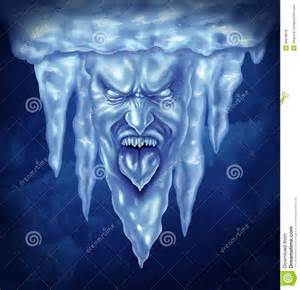
USA is freezing, with millions of Americans facing another bitter blast of unseasonably cold air, due to an Arctic blast from the Polar Vortex.
This arctic blast has been responsible for 17 deaths over the past several days. While last week’s freeze focused on the Rockies and the Plains, the Midwest, Northeast and South shivered overnight.
City Images spoke with people in Buffalo and Erie, Pennsylvania, who are literally buried under a couple of feet of snow.
A deep low pressure system centered over southeastern Canada will continue to push polar air over the eastern half of the US this week. Well below average temperatures will reach the Gulf Coast, with most of the Mid-Atlantic states barely getting above freezing Tuesday and Wednesday. In the Midwest, periods of lake effect snow will continue south and east of the Great Lakes through Wednesday.
The cold front exiting the East Coast will cause precipitation to dwindle across the Northeast on Tuesday. However, despite the precipitation coming to an end, Arctic air currently over the central U.S. will sweep across eastern half of the country. Temperatures as much as 20 degrees below average will be felt from the Gulf Coast and northward into the Northeast. These chilly conditions will continue on Wednesday and although Thursday will still be cold, temperatures won't be quite as bitter.
Light snow showers will linger across the Upper Midwest, Ohio Valley, and Canada through Thursday. Specifically for the Great Lakes, heavy snow on the lee side of the lakes will persist throughout the short term period. From Tuesday and into Wednesday, Lake Eerie and Ontario will see impressive snow totals, with the WPC winter weather desk suggesting snowfall amounts approaching 2 feet downwind of these two lakes. On Wednesday and Thursday, snow will continue but not be nearly as heavy for
the Upper Great Lakes.
High pressure is to be blamed for the quiet and warm weather across the western states. Nonetheless, by Wednesday evening conditions will change especially for northern California and Oregon. A frontal system will begin to approach the Pacific coastline by Wednesday night. Scattered showers will move onshore in northern California on Wednesday, and precipitation will begin to spread into the Inter-mountain West by Wednesday night.